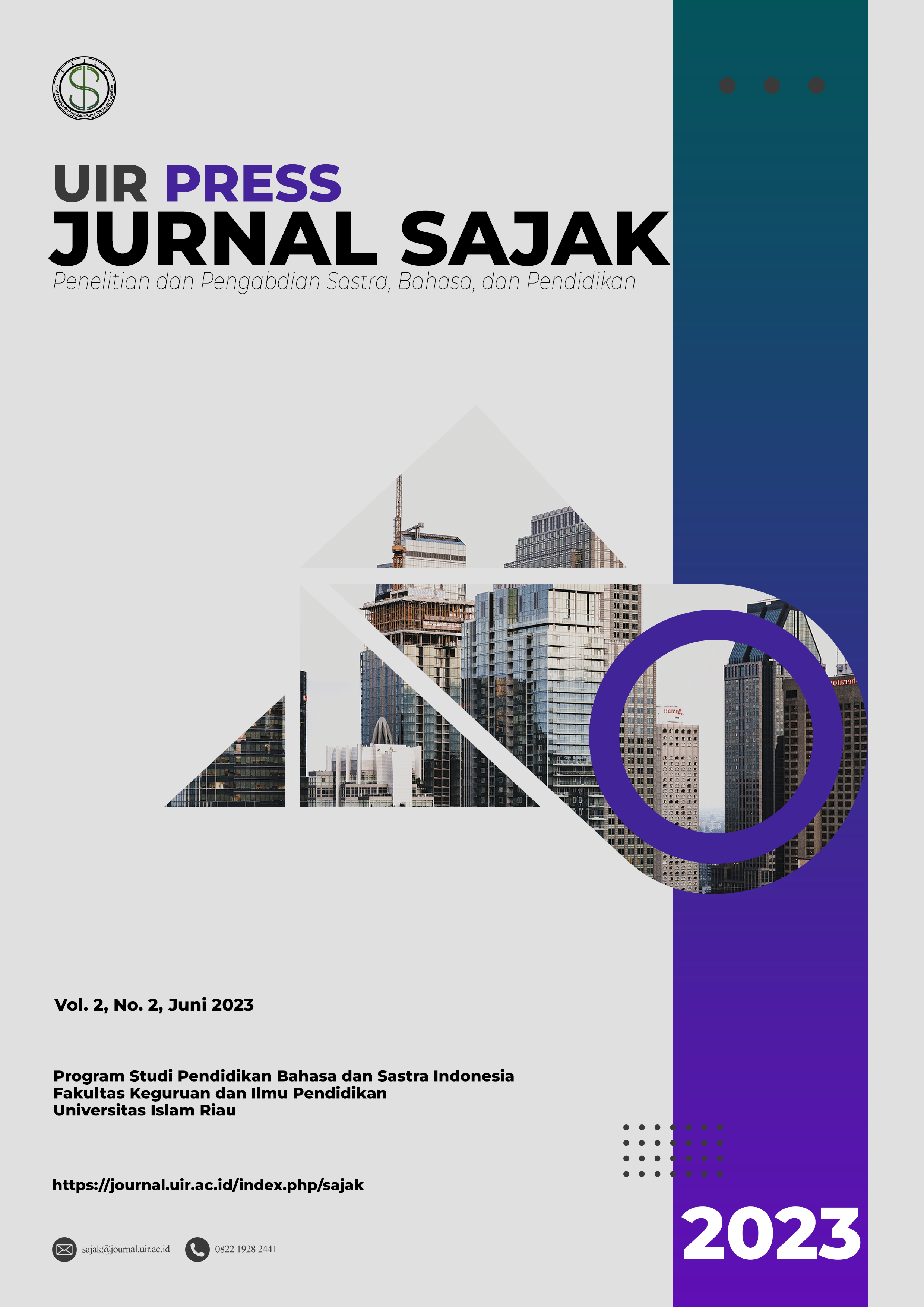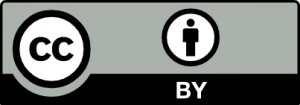Pemerolehan Bahasa Pertama pada Anak Abnormal: Disleksia
DOI:
https://doi.org/10.25299/s.v2i2.11812Keywords:
dyslexia, language acquisition, abnormalAbstract
Dyslexia can involve difficulties with spoken language. Research has shown that drawing children's attention to the aspects of spoken language that are most important in the reading process can help with early literacy development. Evidence also suggests that dyslexia is associated with differences in how the brain processes spoken and written language. The characterization of dyslexia as a language-based disorder may be confusing in light of another prominent language disorder, language developmental disorder. children with developmental language disorders have unexpected deficits in language skills despite adequate environmental stimulation and cognitive abilities without neurological impairment. Dyslexia impacts language memory and word acquisition. Most people have incidents where they can't remember the words they want to use. For those who don't have language limitations, it happens occasionally - perhaps due to fatigue or the infrequent use of certain words. However, children with dyslexia may experience it more frequently, affecting their speech.
Downloads
References
Adlof & Hogan. (2023). Understanding Dyslexia in the Context of Developmental Language Disorders. Language, Speech, and Hearing Services in Schools, 49, 762-773.
Al Awad. Dyslexia and Dysgraphia as Second - Language Learning Disabilities Budianingsih, Tri. (2015). Peran Neurolinguistik dalam Pengajaran Bahasa. Jurnal Al-Azhar Indonesia Seri Humaniora, 3(2).
Capelli, Deborah. (2021). Dyslexia in L2 learning: comparison between languages and linguistic anxiety. Quaderni di Linguistica e Studi Orientali. Working Papers in Linguistics and Oriental Studies 7: 265-288
Damayanti, Givti. (2018). Kesulitan Berbahasa Tokoh Ishaan Pada Film Taare Zameen Par (Kajian Neurolinguistik). Jurnal Stilistika, 11(2).
Fakhruddiana, dkk. Metode Fonemik Motorik Untuk Meningkatkan Kemampuan Membaca Penyandang Disleksia.
Indah, rohmani. Proses Pemerolehan Bahasa: Dari Kemampuan Hingga Kekurangmampuan Berbahasa.
Kunwar & Sapkota. (2022). An Overview of Dyslexia: Some Key Issues and Its Effects On Learning Mathematics. Turkish International Journal of Special Education and Guidance & Counseling, 11(2).
Masitoh. (2019). Gangguan Bahasa Dalam Perkembangan Bicara Anak. Jurnal Elsa, 17(1).
Murni, Irda. (2017). Reading Study Model for Dyslexia Children Based on Mingle Technique. Journal of ICSAR, 1(2).
Ryeng, et, al. (2019). Lexical and grammatical development in children at family risk of dyslexia from early childhood to school entry: a cross-lagged analysis. Journal of Child Language, 46, 1102-1126.
Utami & Lulus. (2017). Bahasa tulis pada anak dengan gangguan disleksia (kajian psikolinguistik). Jurnal Linguista, 1(1), 23-29.
Witruk & Wilcke. (2010). Dyslexia – An Overview of Assessment and Treatment Methods. Jurnal Buletin Psikologi, 18(2), 69-90





























